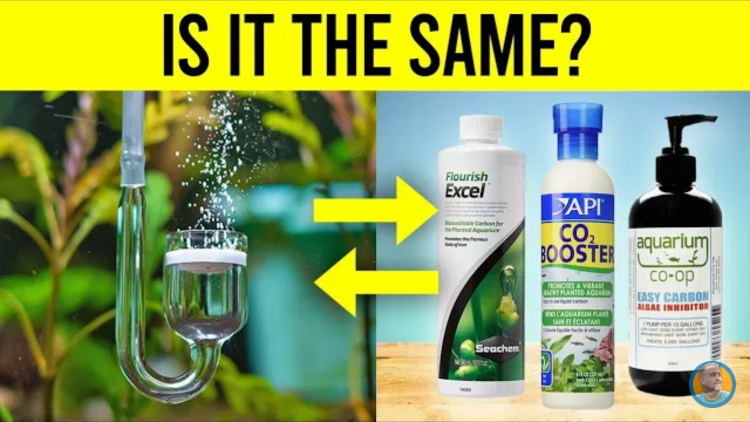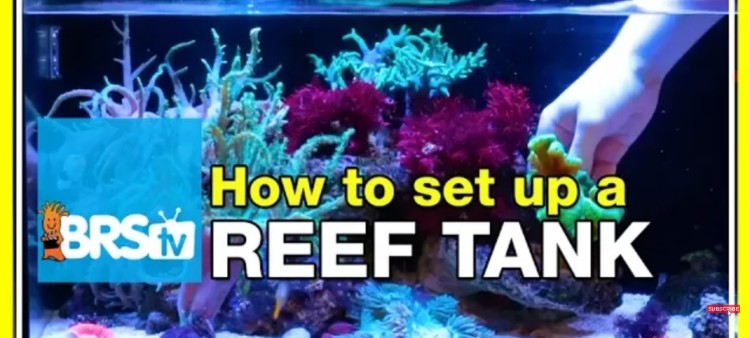Do You Really Need Carbon Liquid for Your Aquarium? All the Questions Answered
- Jul 23, 2021
- Anshika Mishra
- 411 0 0

If you have gotten into the world of planted aquariums, you may have wondered; should I be using liquid aquariums in my tank? This question mainly arises because lots of companies sell it as part of their fertilizer line. So, let's talk all about liquid carbon. Is it a cheaper placement for carbon dioxide or CO2 gas, and do you need it?
Liquid Carbon
Liquid carbon comes in many kinds of such, especially in the US; it is recognized by the brand names such as :
- Seachen Flourish Excel
- API CO2 booster
- Aquarium co-op easy carbon
Contrary to the marketing you must have seen, these products don't actually contain liquid carbon dioxide. In fact, most of them have Glutaraldehyde or another similar chemical used to reduce algae growth in the tank.
Can Liquid Carbon Replace CO2 Gas?
A high-tech aquarium that uses injected CO2 gas in the tank has a concentration of about 10-30 parts per million of carbon dioxide v/s a low-tech aquarium with no CO2 injection and with good surface agitation that gets its carbon dioxide directly from the air have typically 3-5ppm. Research has shown that liquid carbon supplies even less than three ppm, making it a poor substitute for CO2 gas.
When to Use Liquid Carbon?
When you are in the process of balancing the nutrients in your aquarium, so, whenever you have either too much or too little light and nutrients, algae takes advantage of the situation and grows out of control. Liquid carbon, in this case, can help minimize some of these algae growth while you are in the process of adjusting the light and fertilizer levels.
How to Use Liquid Carbon?
By reading the direction on the bottle, you can dose the adequate amount of liquid carbon in your tank. The frequency of dosing depends on whether your tank has high lighting or low lighting. For example, you can do a dose every other day for a soft light tank, whereas you can do that one dose every day in the case of a medium to the high-lighting tank.
Before using any brand of liquid carbon, make sure that it is safe for the fishes, plants, and invert species in your tank. However, humans should always avoid directly touching or adjusting it. So, if you have small kids, pet animals like dogs, then it is recommended to store the product out of their reach.
If you are not sure, dose a slight amount, wait for two weeks to see any adverse effect, and if everything stays fine, you can carry on with the regular recommended dosing.
For certain stubborn algae-like black-beard algae, you can also try spot-treatment using a pipet. First, you should turn off the filter or any other devices that are circulating water in the aquarium, then suck up a little bit of liquid carbon using your pipet and directly spray it on the algae you want to treat. After a few minutes, turn on the filter. Within 4-7 days, if it is effective, you can start to see the algae vanishing.
If the treatment is successful, you can target a few more leaves in the aquarium but never go above the recommended amount because you don't want to overdose on the tank and make the rest of the plant in the tank unhappy.
The product might not wipe out the algae from your tank because your tank might be out of balance. So, you are having this problem, then try reducing the amount of light your tank is getting as a first step. Once your lighting is fixed, you want to measure your nitrates regularly, and you want to aim for about 25ppm of nitrates. If your aquarium is regular, then you can try to add some fertilizer. However, if your aquarium always has above 40ppm nitrate, then you want to reduce the excess amount of nutrients in that aquarium by doing:
- More water changes
- Feeding less fish food
- If you have too many fishes, removing fish so that the waste load isn't that high.
If you still have any questions about liquid carbon, comment below, and we will get back to you.
Happy Fishkeeping!






About author